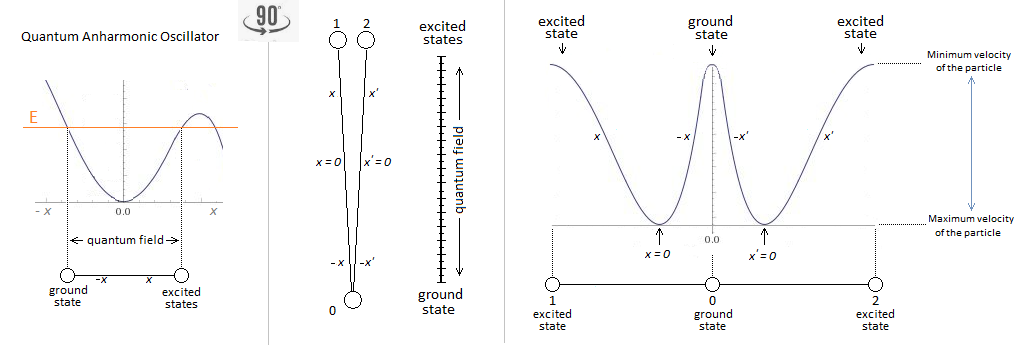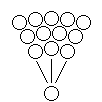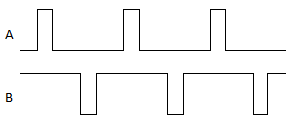-
Posts
569 -
Joined
-
Last visited
-
Days Won
1
Content Type
Profiles
Forums
Events
Everything posted by Kartazion
-
Protium is electronless. So why removed an electron from the hydrogen? But I understand that we don't use protium. The question is why.
-
Ok interesting. But the protium is proton alone. And the proton is positively charged. Then there is only a negative electric field, no?
-
Ok. Why don't we directly use protium which is in abundance naturally?
-
My question is what matter do they use in the accelerator? And why the hydrogen and the electron?
-
CERN uses protons in its tubular accelerator. What is the matter used as protons? Please excuse my english.
-
In quantum physics are quarks particles? Because the mass subsists. Where then would mass be produced by a wave complex only? Just to knwo if it's always an eternal question to choose between wave or particle. Or both? I recall that it is to explain the mass at the quantum levels, namely the quarks. We are still talking about Wave–particle duality for the mass?
-
Here is version two of the classic harmonic oscillator. This version remains primitive, but functional. Do you validate this principle of this mechanical / classic oscillator? Or is there already such a mechanical / classical oscillator studied in physics?
-
The rest, if you wish, will be made of integrated circuit and 'digital space'. Yes normal, it works alone thanks to the charge and discharge of the C capacity which acts on the transitor, hence the more or less sawtooth wave. Besides, its usefulness would be useful as a clock. It reminds me of the principle of NE555 with the RC setting. The discontinuity happens to be the logical change of state of a square wave. It's the plot of the vertical on the oscilloscope, no?
-
I did not explain myself well with my example of -1. I confused the tesion + - with the high and low alternation of a square signal with as zero medium. But I understand that the signal is either 0 volt (-) or Vcc (+).
-
The planets are only residues of star dust/gas which have agglomerated under the influence of the gravitation of another star. No? Planets are considered to form at the same time as their star, by accretion and condensation of a cloud of gas and dust under the influence of gravitation. All models of planetary formation therefore begin with the formation of one, or even two or more, stars within a collapse, followed by the accretion of dust in the circumstellar residual disc.
-
The connection between what? The signal from A and B, when it is different from zero, is symmetrical. So it can't work for my oscillator. In any case for the circuit that you proposed to me... 'We do not see, by clearness (you have to guess), the effect of Gibbs phenomena. ' It is necessary that when A is true (1), then B = 0, and not -1. And when B = -1 then A = 0.
-
Yes. Interesting the unijunction transistor. But it does not pass from one signal to another. In addition the signals A and B are symmetrical, while my principle is first one then the other. A simple flip-flop or latch should be enough.
-
Ok. But it was for information. What electronic circuits are you talking about? Impulse function sometimes uses RC without L, and the Heaviside step function uses a simple switch.
-
? I did not understand.
-
I meant archaic.
-
The principle of my oscillator is not that of an RLC circuit. Here, if you spoile, is an example of a pseudo CERN-style oscillator, but linear, not looped, very arcuate, but which represents a particle sensitive to magnetic susceptibility, which oscillates step by step in a tube. You will see a very basic diagram, but its principle is that there. Its clock is clocked at regular intervals, is a simple harmonic oscillator. The bottom Johnson counters integrated circuit advances the particle from left to right, and the top one from right to left.
-
Are there any sequential equations? So I should invent the sequential equations ... a bit like the sequential logic in digital circuit theory. Just associate the function f with the sequential logic.
-
These graphs only illustrate the positions of Alex, B and C which are fixed in space. It is true that thereafter you can represent their displacement along the horizontal from left to right. But graphically speaking, should we still be able to simulate the time dilation according to speed. Do you have a solution with your ball as packets transmitted from one to the other? This may be your extra argument ... the time dilation following the 'more or less speed movement' of Alex or Beatrix. Or is it possible to integrate a Minkowski diagram into yours?
-
The very useful Dirac-Delta Impulse functional has a simple Fourier Transform and derivation f(t) = δ(t-a) (shifted impulse). The question is whether it is possible to oscillate the impulse function or the Heaviside step function?
-
I guess it must still be something to put into equation. But the harmony supposes several pieces of wave to arrive at the result of a square signal. (In my case, I must be able to locate the particle in a single position, and that without movement for a certain time.) But I still wish to see how the harmonies are formulated. Would you have a mathematical link on that? Thanks.
-
It is the shape of the sinusoid that is wrong. I would need a more or less square signal to be able to mark the stop at the positions of A and B. Is it possible to get a square phase portrait with Asinwt? If I chose the anharmonic oscillator it is for its viscosity characteristic at the end of the travel of the particle according to x. I have little information on the inharmonic oscillator. It relates elasticity?
-
Simply to alternate a particle from a fixed point A to a fixed point B at high speed, isn't it enough? That's a clue. Thanks
-
I must conclude that no expert on this forum has a mathematical approach to suggest to me.
-
The alternation is then done at the speed of light if you want. Arrived at A or B, the particle marks a definite stop.
-
It can be of the order of: 1x10 -1000000 s for a trip from A to B or from B to A.



